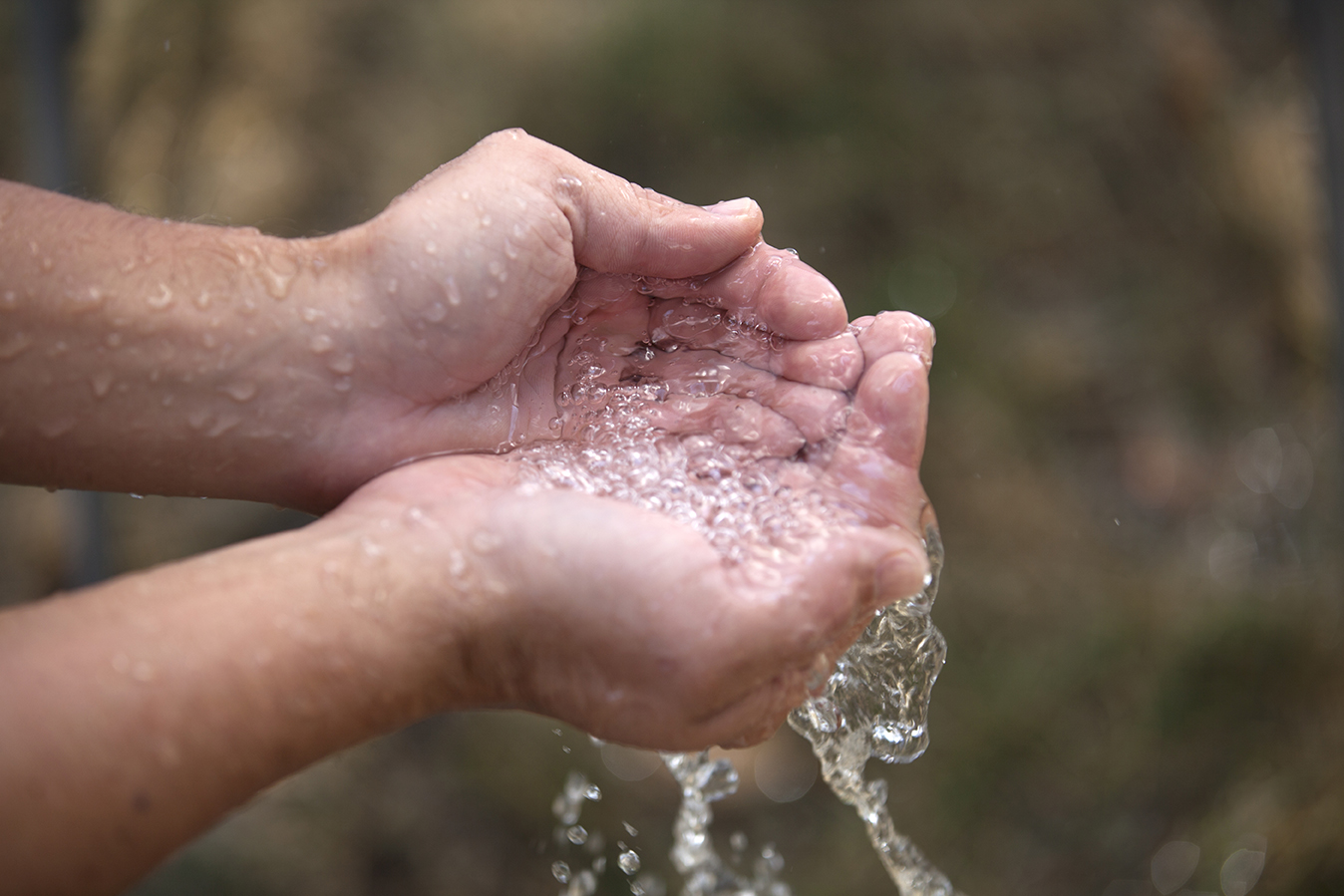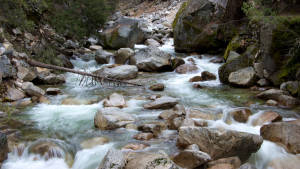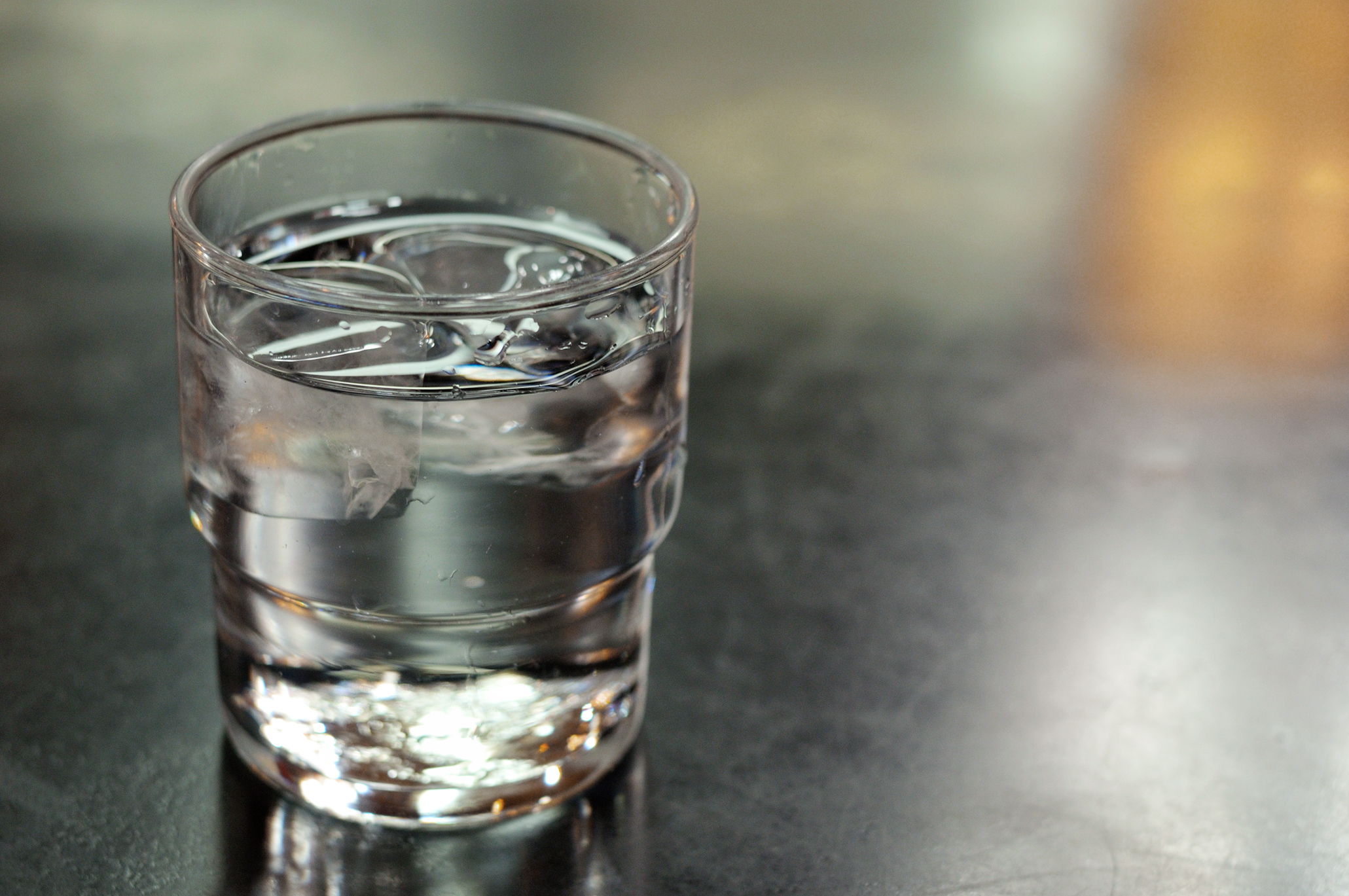How to Forage for Fresh Spring Water
When you turn on your faucet and fill up a cup with water, it’s easy to avoid thinking about the journey this water has taken to arrive in your home.
What many people don’t realize is that much of our tap water is originally pulled from an aquifer or surface water source that is located quite a distance from where we live. This water is then filtered and treated with chlorine and fluoride at a public municipal water treatment facility.
Tap water tests also reveal a host of harmful materials present: copper and other metals leaching from pipes, trace amounts of pharmaceutical drugs and endocrine disruptors like the herbicide Atrazine, which is banned in the EU. This, of course, is to say nothing about widespread hormones from birth control medications that are also present in the global water supply.
What if there was another way? A method that was as ancient as our species, and available for anyone– even those who live in urban areas? It turns out that you don’t have to live next to a crystal geyser to find fresh spring water.
With the help of the user-submitted database Find A Spring, people all over the world can locate and submit fresh water springs near their homes, or in areas they plan to travel.
If someone is traveling– say, to upstate New York– they can view the list of over fifty springs in that geographic area and find one along their travel route at which they could stop to fill up their water bottle. Certain major cities have springs located within or very close to their limits. For example, for a popular spring listed just outside of Chicago, the site publishes water quality test results and the exact location of the water source.
Portland, Oregon also has several springs listed just outside its city limits. Most springs submitted by users are in less urban places, however, and are spread throughout 48 states in the U.S.– and over 50 countries worldwide.
As Find A Spring’s founder Daniel Vitalis tells users: “The water from springs is the cleanest water in the world. It’s been filtered by the earth itself. Water percolates down through the earth… and is filtered through earth’s substrate [before] it accumulates in deep aquifers. When those aquifers are full, that water is brought up to the surface at springs.”
User-submitted reports and comments on Find A Spring indicate the location of each water source, how to find it, test result numbers, and other useful information. These tips will help point you in the right direction, but once you’ve found the spring, always test it for yourself to be sure it’s clean for consumption. [easyazon_link identifier=”B07411DS95″ locale=”US” tag=”gardcoll03-20″]TDS meters[/easyazon_link] (Total Dissolved Solids) are inexpensive and easy to use, and they will help determine whether or not water from a spring is fit for consumption.
Ideally, spring water should have a reading of 100-150 parts-per-million (ppm) or less. Use common sense when drinking from any spring, and ask around in your community to see who else is drinking from it.
Many springs are daily sources of water for families and other community members who would rather not drink processed commercial water or tap water.
Be sure to bring some sturdy collection bottles to store your harvest. (Glass is ideal for storing water because it does not leach chemicals into solution like plastic does.) If you plan to store water for an extended period of time, always store it in the darkest, coolest place possible, as algae may grow on the inside bottles of spring water that is exposed to excess light. For extra protection, cover your bottles with an opaque blanket to add insulation and block out light.
The benefits of drinking spring water are manifold. Unlike tap water, which is usually slightly acidic, spring water will have a neutral or slightly alkaline pH, which helps to lower inflammation and reduce overall free radical damage in the body. With its naturally occurring particulates, spring water is also beneficial for digestion and helps to promote healthy gut flora.
“Often the water we get at springs has been in the ground longer than humans have been polluting the surface of the earth, which means that water is pristine,” says Vitalis. “The water you drink becomes your body, becomes your blood, and there’s a real satisfaction in knowing that water in your body is wild.”
Need another reason to be interested in water quality? Pesticides in the water supply are more common than you think.
Click here to see how you can test the water in your home.





































